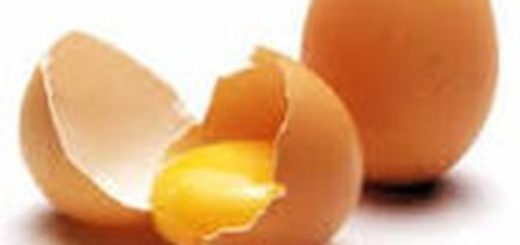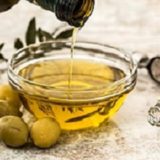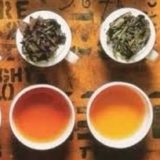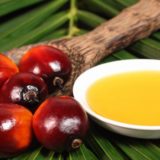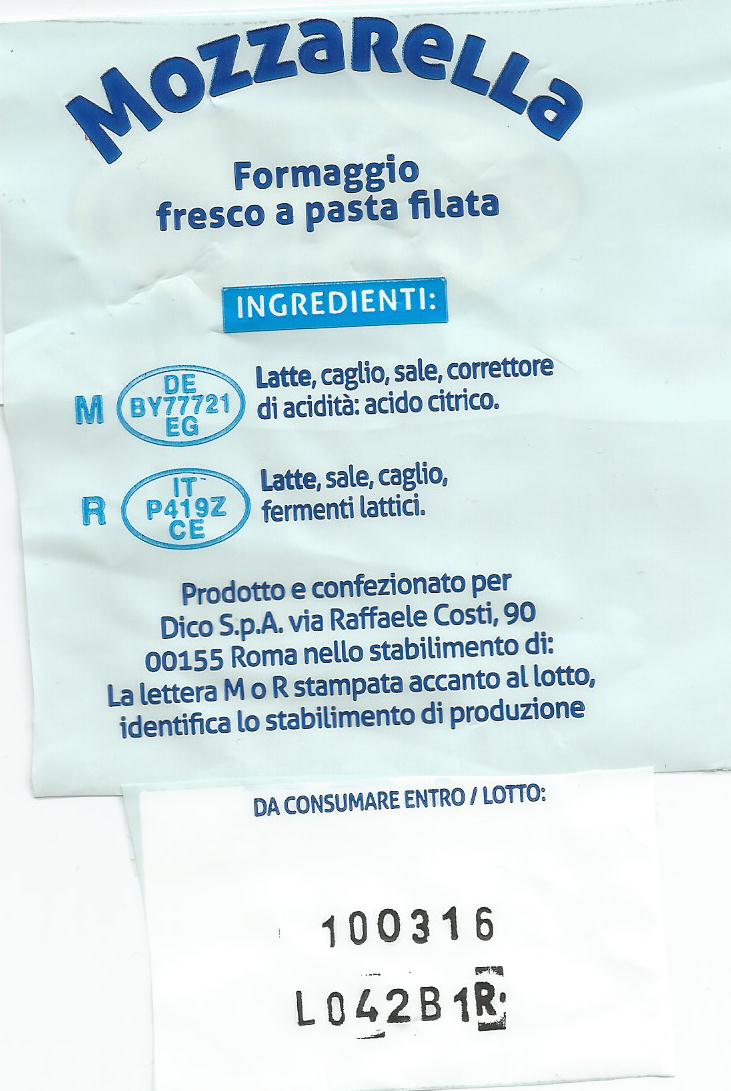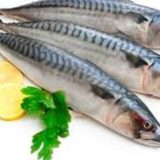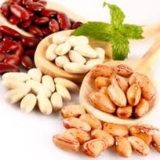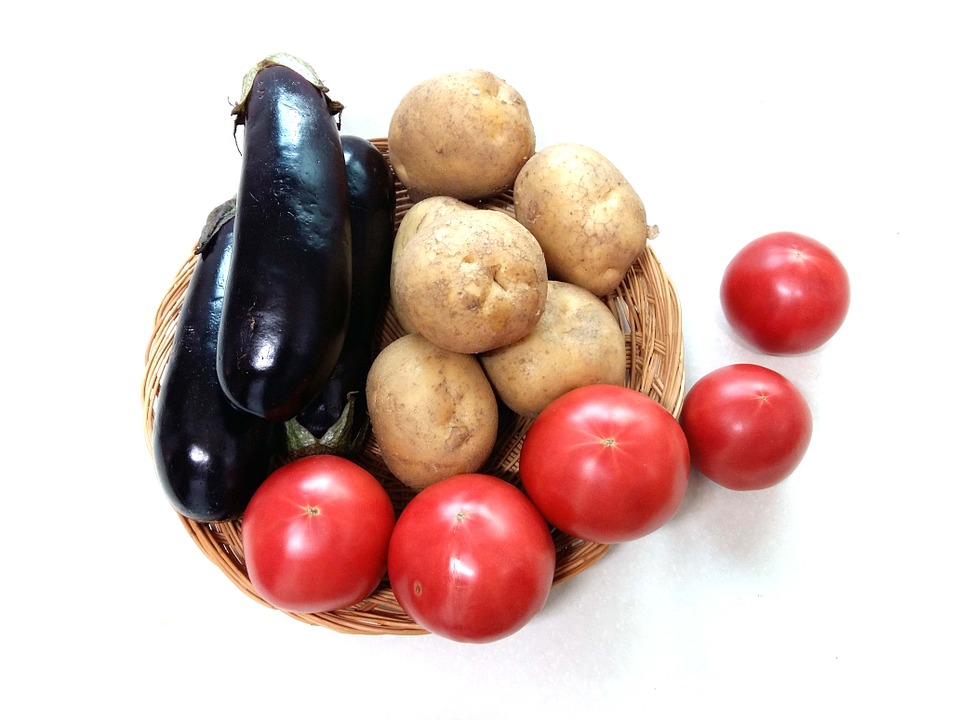L’origano, sapevate che…
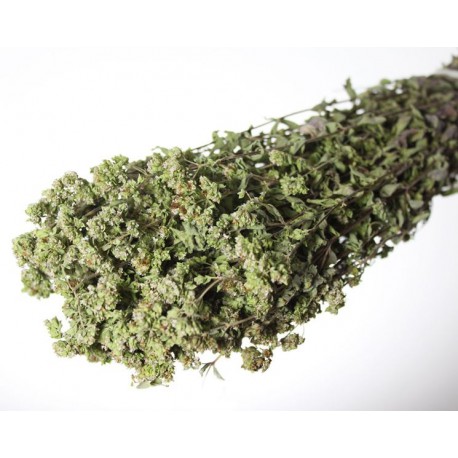
L’origano, notissima pianta aromatica spontanea, appartiene alla famiglia delle Lamiaceae e comprende diverse decine di specie tra cui spicca l’origano comune (origanum vulgare). Della stessa famiglia c’è anche la maggiorana (cioé l’origanum majorana). Molto spesso l’origano viene confuso con la maggiorana ma si distingue da essa per i fiori e l’aroma che le foglie emanano.
La pianta dell’origano è originaria dell’Europa, dell’Africa settentrionale e dell’Asia centro-meridionale. Tipicamente mediterranea, era conosciuta e utilizzata da Egizi e Greci, si presenta come un piccolo arbusto che fiorisce per tutta l’estate; i fiori formano delle piccole spighe profumate di colore dal rosa al viola e un tempo venivano usati per tingere la lana.
La pianta ha un elevato contenuto di vitamina C e di vitamina E, che hanno proprietà antiossidanti e aiutano a rafforzare le difese immunitarie dell’organismo; ricca di fenoli (timolo e carvacloro), contiene inoltre potassio, calcio, sodio, fosforo, ferro, magnesio, vitamine del gruppo A, B, D, e K.
100 g di origano essiccato apportano 265 Calorie e contengono: 9,93 g di acqua, 9 g di proteine, 4,28 g di lipidi, 42,5 g di fibre, 68,92 g di carboidrati.
È sconsigliato il consumo di origano a chi è allergico alla pianta, a chi soffre di gastrite e di ulcera peptica.
Tra i tanti usi vi è anche quello di allontanare in modo naturale le formiche. Basterà cospargere le aree infestate da questi insetti, per liberarsene.
Una volta raccolto, l’origano può essere conservato mediante essiccazione. Grazie a questa tecnica di conservazione esalterete l’aroma della pianta e manterrete il sapore inalterato nel tempo. Le foglie fresche, invece, possono essere conservate per diversi giorni in frigorifero o congelate in freezer.

Quest’opera è distribuita con Licenza Creative Commons Attribuzione – Non commerciale – Condividi allo stesso modo 4.0 Internazionale
English version
Did you know that oregano …
Oregano, a well-known spontaneous aromatic plant, belongs to the Lamiaceae family and includes several dozen species, among which the common oregano (Origanum vulgare) stands out. From the same family there is also the marjoram (ie the origanum majorana). Very often oregano is confused with marjoram but is distinguished from it by the flowers and the aroma that the leaves emanate.
The oregano plant is native to Europe, northern Africa and central-southern Asia. Typically Mediterranean, it was known and used by Egyptians and Greeks, it looks like a small shrub that blooms all summer; the flowers form small fragrant spikes ranging in color from pink to purple and were once used to dye wool.
The plant has a high content of vitamin C and vitamin E, which have antioxidant properties and help strengthen the body’s immune defenses; rich in phenols (thymol and carvachlor), it also contains potassium, calcium, sodium, phosphorus, iron, magnesium, vitamins of groups A, B, D, and K.
100 g of dried oregano provide 265 Calories and contain: 9.93 g of water, 9 g of protein, 4.28 g of lipids, 42.5 g of fiber, 68.92 g of carbohydrates.
The consumption of oregano is not recommended for those who are allergic to the plant, for those suffering from gastritis and peptic ulcer.
Among the many uses there is also that of removing ants in a natural way. It will be enough to sprinkle the areas infested with these insects, to get rid of them.
Once harvested, oregano can be preserved by drying. Thanks to this conservation technique, you will enhance the aroma of the plant and keep the flavor unchanged over time. Fresh leaves, on the other hand, can be stored for several days in the refrigerator or frozen in the freezer.



